Europe, we need to talk. Help me out here. My country is currently going through a heavy anti-immigration, and particularly anti-European, phase following the EU bail-outs after 2008. The mainstream parties are turning against Jonathan Foreigner, perhaps to the detriment of our economy, and "fringe" parties are popping up (and gaining votes) who promise a tougher response to Europe.
I am, approximately, as Europhile as it gets among the English. I love to "get by" with my mix of badly-spoken languages vaguely remembered from school. I love the fact that you eat sweet cakes for breakfast. The fact that your music is like bad British music from the late 90s is actually endearing. Writing from Brussels, which is one of my favourite places in Europe, I am thrilled by the mixture of semi-Dutch and French which just about allows me to go about my daily business. I love the fact that you address me in French first, Dutch second, and then think to try English. And yet. And yet. You're making it hard for me. You're making it difficult for me to love you.
Europe can be a hideous frustration. More than once last night, while attempting to find my hotel (bearing in mind I can actually read French, more or less), I noticed that I was shouting at my map: "OF COURSE THIS STREET WOULDN'T BE SIGNPOSTED. WHY WOULD SIGNS BE USEFUL IN A CAPITAL CITY?" In fact, the place that I was trying to find was called "DEFACQ", which is not pronounceable in any of the 24 languages of the EU. Predictably enough, I found myself muttering "WHAT DEFACQ" to myself a few times.
The machines that vend tickets for the (really very good) public transport system of metro and trams have no discernable mechanism by which one can manipulate the cursor on the screen. (I later discovered that one has to rotate the "OK" button to change one's selection on the screen. Naturally this is not indicated anywhere. And I'm an engineer by education.) There are absolutely no maps of the subway lines as one approaches the vending machines. You have to get by on memory, or guesswork. A single, scrubby map appears after the ticket barriers. Europe, I must also tell you that maps on this continent typically have north as "up" and, if they don't, you need to include an indication of which way north might be. Having south-south-east as the "up" direction, again unlabelled, is a particularly European form of Hell.
The examples never end. I love you, Europe, but you've got to work with me. Help me to help you. Unless... unless this is a ploy to restrict functional living to the cognoscenti. Maybe that's it. I am going to my meeting now, in an EU building nearby, and I will leave an hour of additional time to account for the fact that there are no street signs, markings, or landmarks of any kind, and that I will, in all likelihood, get lost and end up in Austria.
I am, approximately, as Europhile as it gets among the English. I love to "get by" with my mix of badly-spoken languages vaguely remembered from school. I love the fact that you eat sweet cakes for breakfast. The fact that your music is like bad British music from the late 90s is actually endearing. Writing from Brussels, which is one of my favourite places in Europe, I am thrilled by the mixture of semi-Dutch and French which just about allows me to go about my daily business. I love the fact that you address me in French first, Dutch second, and then think to try English. And yet. And yet. You're making it hard for me. You're making it difficult for me to love you.
Europe can be a hideous frustration. More than once last night, while attempting to find my hotel (bearing in mind I can actually read French, more or less), I noticed that I was shouting at my map: "OF COURSE THIS STREET WOULDN'T BE SIGNPOSTED. WHY WOULD SIGNS BE USEFUL IN A CAPITAL CITY?" In fact, the place that I was trying to find was called "DEFACQ", which is not pronounceable in any of the 24 languages of the EU. Predictably enough, I found myself muttering "WHAT DEFACQ" to myself a few times.
The machines that vend tickets for the (really very good) public transport system of metro and trams have no discernable mechanism by which one can manipulate the cursor on the screen. (I later discovered that one has to rotate the "OK" button to change one's selection on the screen. Naturally this is not indicated anywhere. And I'm an engineer by education.) There are absolutely no maps of the subway lines as one approaches the vending machines. You have to get by on memory, or guesswork. A single, scrubby map appears after the ticket barriers. Europe, I must also tell you that maps on this continent typically have north as "up" and, if they don't, you need to include an indication of which way north might be. Having south-south-east as the "up" direction, again unlabelled, is a particularly European form of Hell.
The examples never end. I love you, Europe, but you've got to work with me. Help me to help you. Unless... unless this is a ploy to restrict functional living to the cognoscenti. Maybe that's it. I am going to my meeting now, in an EU building nearby, and I will leave an hour of additional time to account for the fact that there are no street signs, markings, or landmarks of any kind, and that I will, in all likelihood, get lost and end up in Austria.
---
I like the notion that buying tea from Peter supports his explorations around Yunnan, which he then shares with us through the medium of tea leaves. It rather reminds me of the manner in which the great explorers of British history financed their expeditions.
"Your support has funded my return to Yunnan..." Peter writes in an e-mail to his subscribers, which he then follows with notes from his travels. It is something very old-fashioned, from that grand old time of undiscovered countries, and is instantly appealing.
There is no time for nostalgia when Bulangshan tea threatens one's very existence, as is the case with "S04". At 64 Euro / 250g, this is rather expensive. Peter writes that the cakes were pressed in Yiwu town, and that the compression was higher than usual - this latter is obvious from the leaves, pictured below.
The hardened mass of leaves in this small sample is unusually fruity for Bulangshan. The scent of this yellow tea is pleasantly smooth and buttery. The fruits of the dry leaves exist in the soup, which has a crisp, butter base, a touch of kuwei [good bitterness], and a long finish in the throat. It is a technically excellent tea, and is very well-made. Even from the first tiny cup, there are fresh cooling sensations. The feeling in the throat continues for long minutes.
True to form, the Bulangshan begins to exert itself by releasing a clean, almost metallic, kuwei by the third infusion. The sweet fruits have receded to allow the kuwei to push forward. It has the caramelised base of a tea that experience recent processing. The price is a touch high, given the risks involved in selecting a cake for aging, but the material is good.
Nakashan is our next stop, which is in the Mengsong area.
The Nakashan cakes were, apparently, all sold at the "pre-order" stage, which is great business indeed! I have passed the stage at which I am willing to gamble on pre-orders. There are so many "fish in the sea" these days that the need to panic-buy futures in a cake that I have not tried no longer appeals. The highly-compressed sample, pictured below, shows small and fragmented leaves.
The first infusion is, consequently, watery due to the compression. It has the gentle biscuit base that I associate with Mengsong-area teas, and a generally elegant character.
The second infusion demonstrates the quality of this tea: it has kuwei, that slightly cooked base of biscuit, and a wholesome sweetness that sits well in the throat.
Peter describes the character as being akin to that of "warm bread", which is probably the mapping of my "biscuit" into his vocabulary. It is sweet, slightly cooked to the point of gentle caramelisation, and very enjoyable. It is more bitter than the Banzhangshan to which Peter compares it. Brewed carefully, because it can get powerful, its quality shines.
Next, we travel to Hekai, a region in the Menghai area that encloses, among others, Manmai village.
I am in the mood for real Menghai tea, following a long session at the swimming pool (as is our weekly tradition) with my eldest son, Xiaohu. He is demanding, and full of beans, and Menghai tea can restore my happily-depleted energy levels.
The large, fragmented leaves have a heavy scent of low, dark sweetness that I take to be canonical for the region. The price is a reasonable, if not inexpensive, 52 Euro / 250g. It is an interesting tea: there is a full, heavy body, with the robust kuwei present even from the first infusion. The sweetness is that of strong Menghaixian tea. It remains strong and bitter, but is clean and precise. The dense yellow soup has a pollenated feeling; it is uncompromising and potent - this brings me back to myself rapidly, and gets me ready for an afternoon of chopping firewood.
"This is the kind of good tea that I enjoy, but which I would not buy", I have concluded. It was an excellent tea, but did not drag me to my Paypal account.
Finally, the seventh stop on our tour, we have my long-time buddy, Badashan.
The day I sat down to drink this tea followed a garden party from the university nursery, at which I took both of my sons around the various cake stalls and games. Two young boys, one father - when one is outnumbered, it is hard to retain control. They had a great time, and I slumped onto my tea table after I eventually brought them home. Badashan is an excellent pick-me-up, making a man ready for an afternoon of children's games...
I previously bought Badashan cakes from Peter at 30 Euro / 250g. His deserved success has resulted in an increase of prices to 44 Euro / 250g, and the products are therefore leaving the realm of "Yikes, what an obvious bargain" and entering into the realm of "Hmm, do I really want to spend all that money on this cake?"
The wenxiangbei [aroma cup] slowly reveals a heavy sweetness, as if this was a "long" tea that takes its time to reach full speed. (This is usually a good sign, in terms of tea content.) The fresh grass of Badashan slowly turns into a low, rumbling huigan [returning sweetness] that stays long in the throat. Peter describes the scent of almonds - this could be the sweet, yet slightly savoury, top notes in its body. It is a complex and enjoyable pu'ercha with much to explore - including a low fruitiness.
So, then, of all the cakes, my favourites were, perhaps predictably from the outset, the Hekai and Badashan cakes (samples 6 and 7, respectively). With thanks to Peter, it was a thoroughly instructive and enjoyable tour.

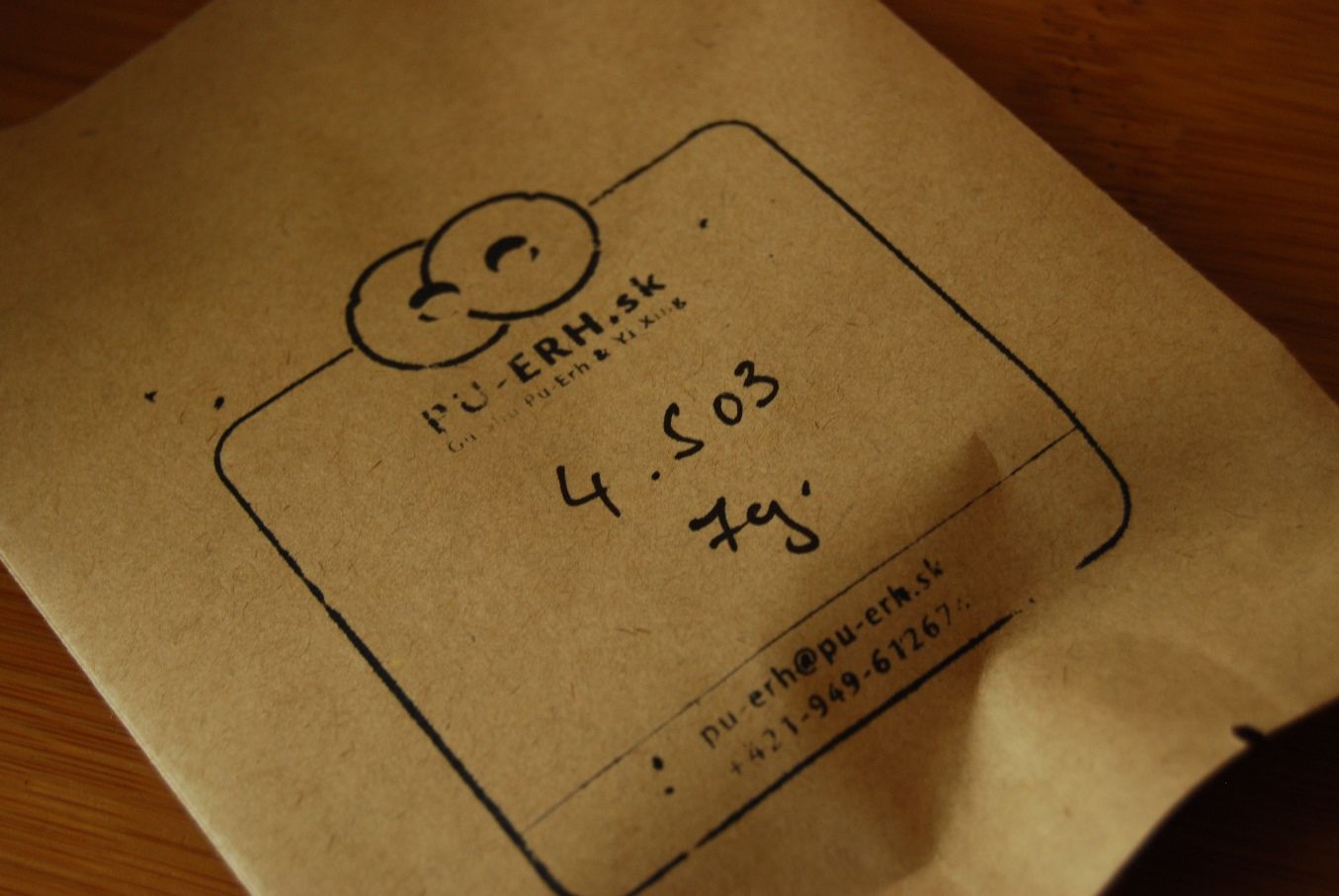
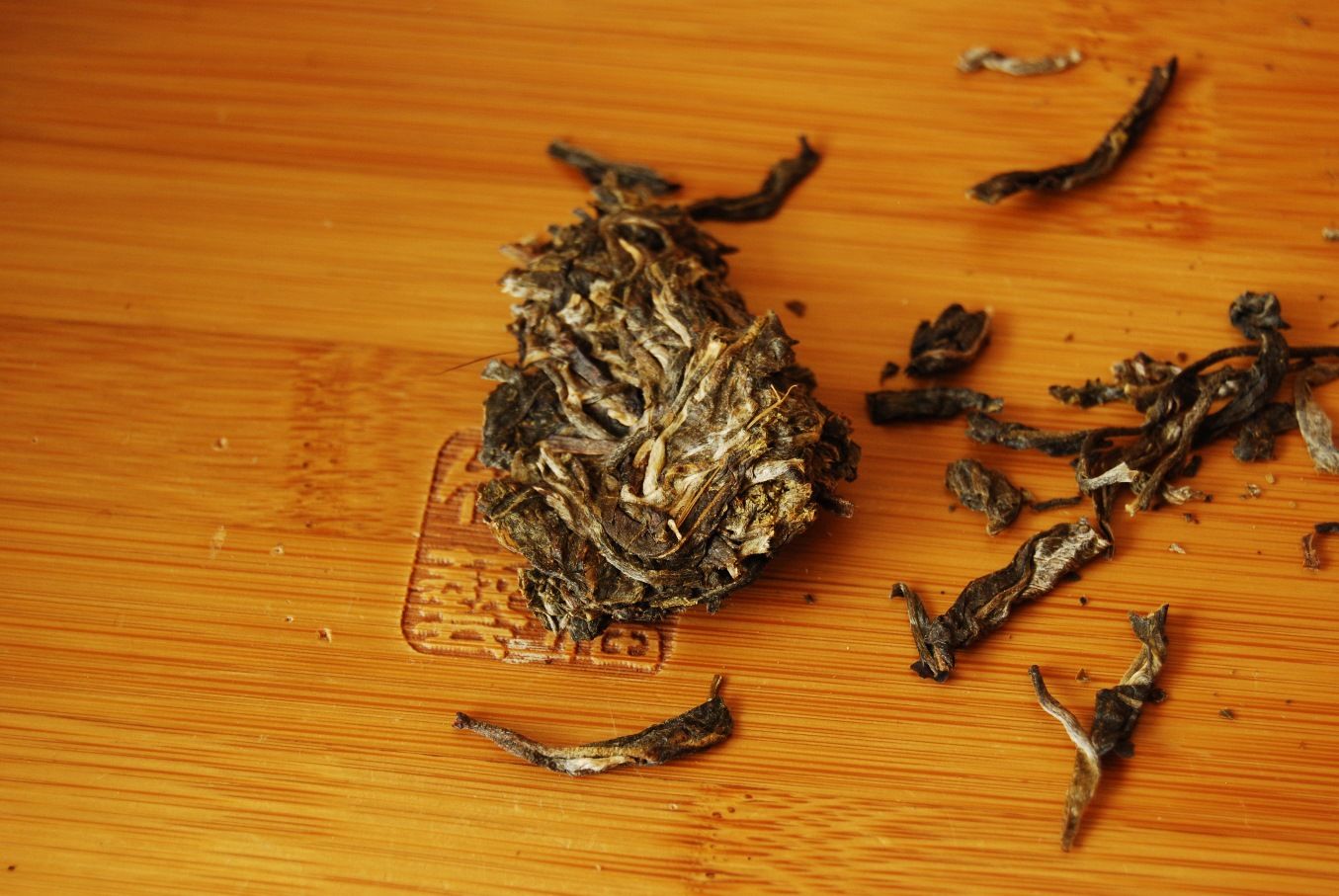
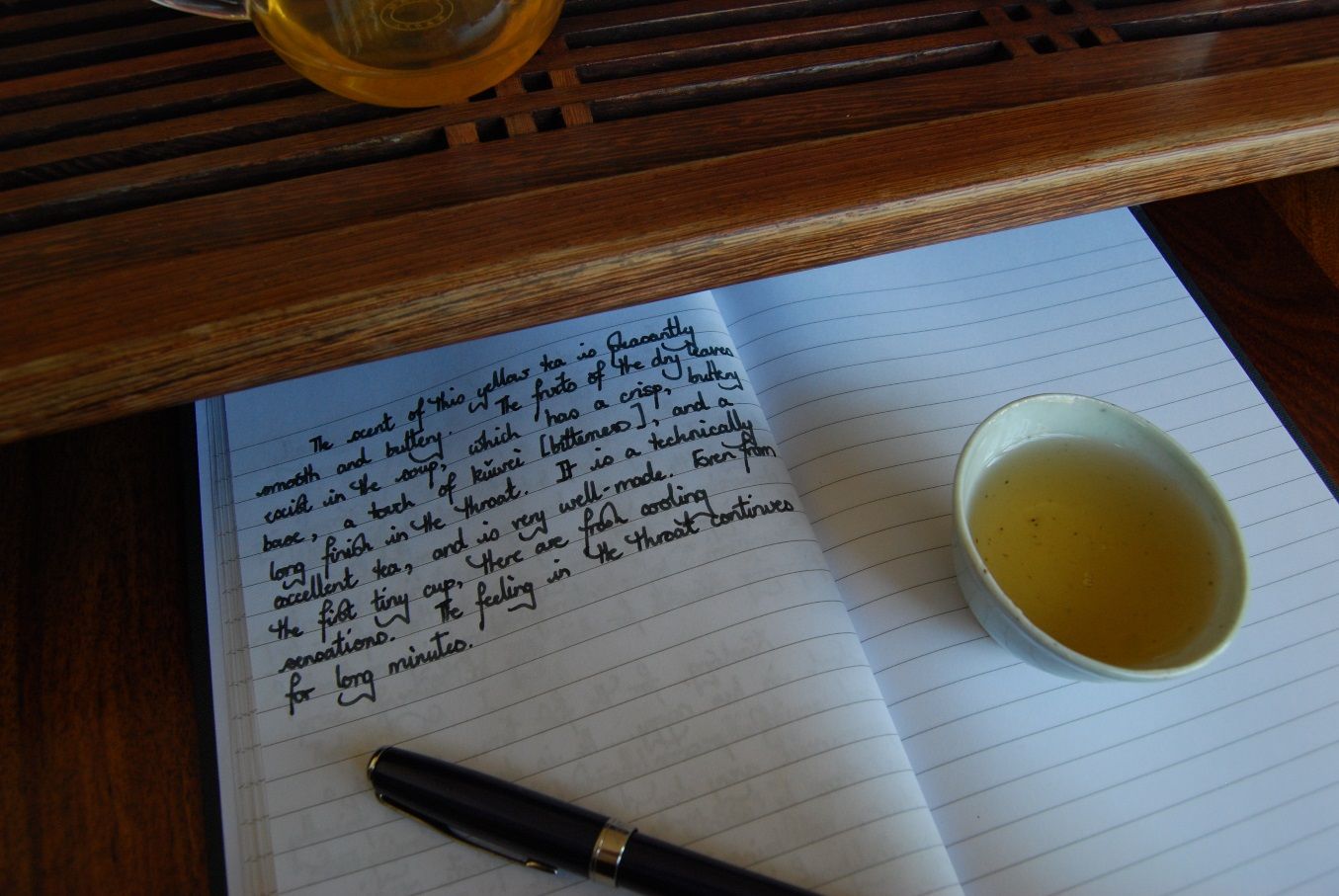
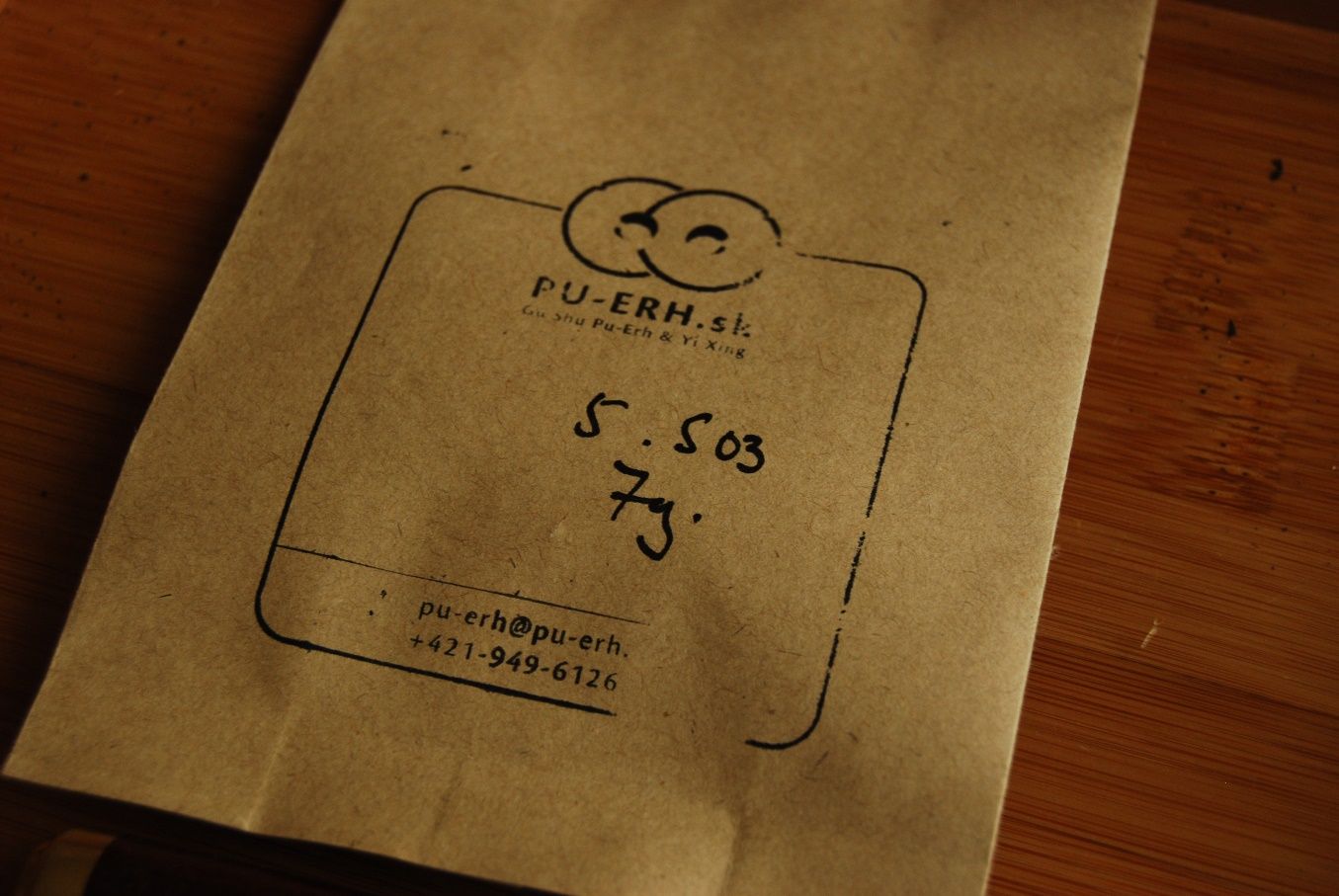
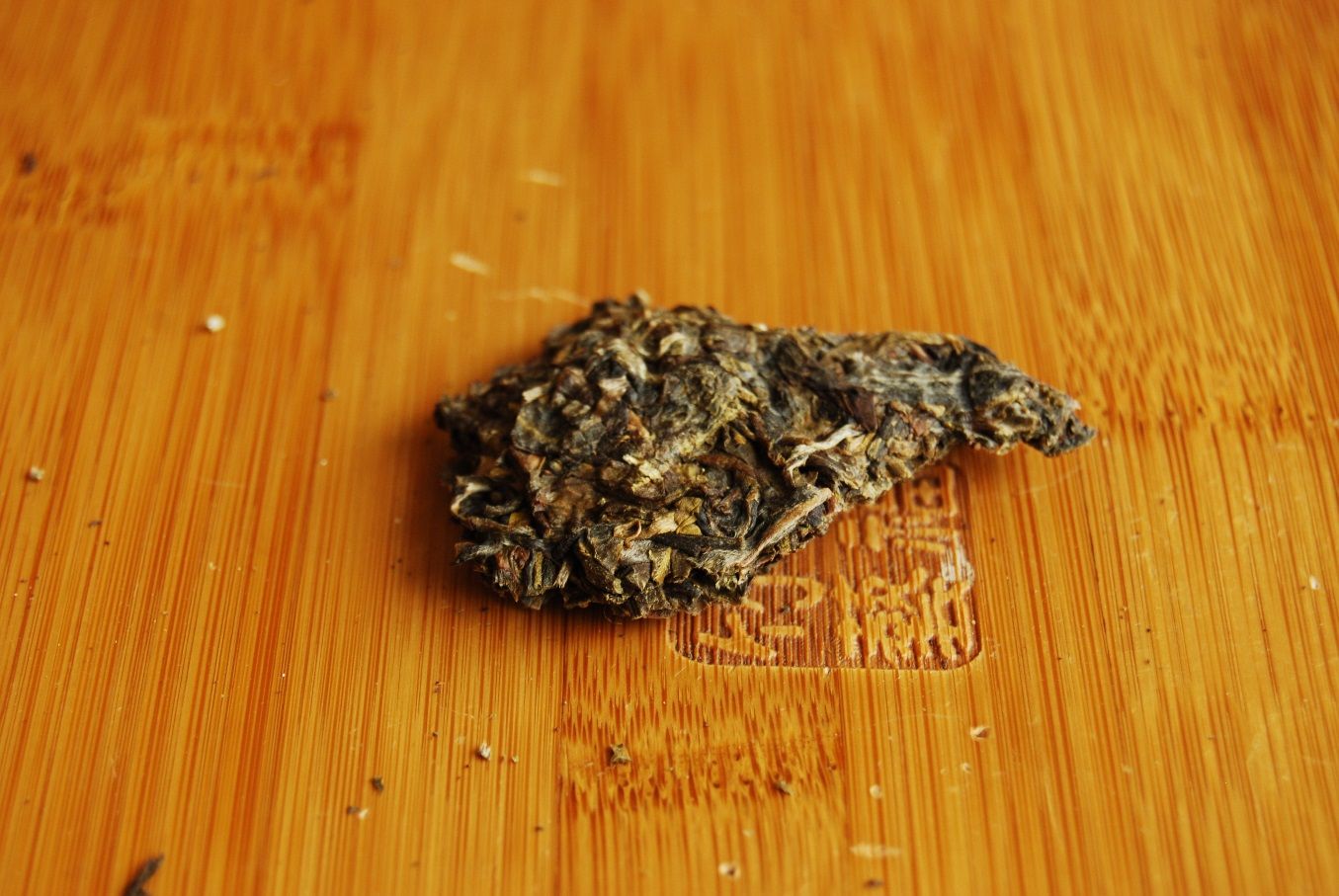
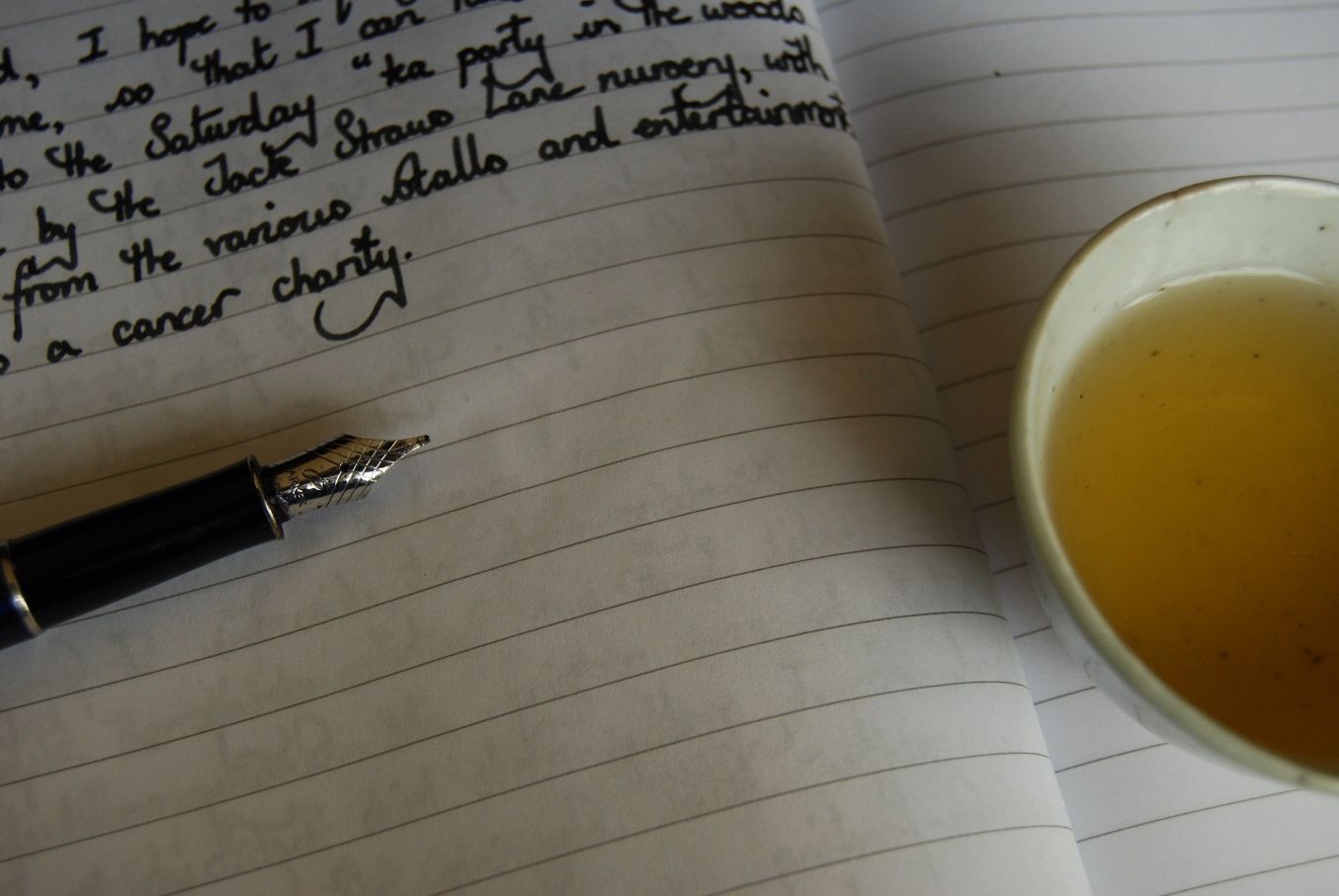
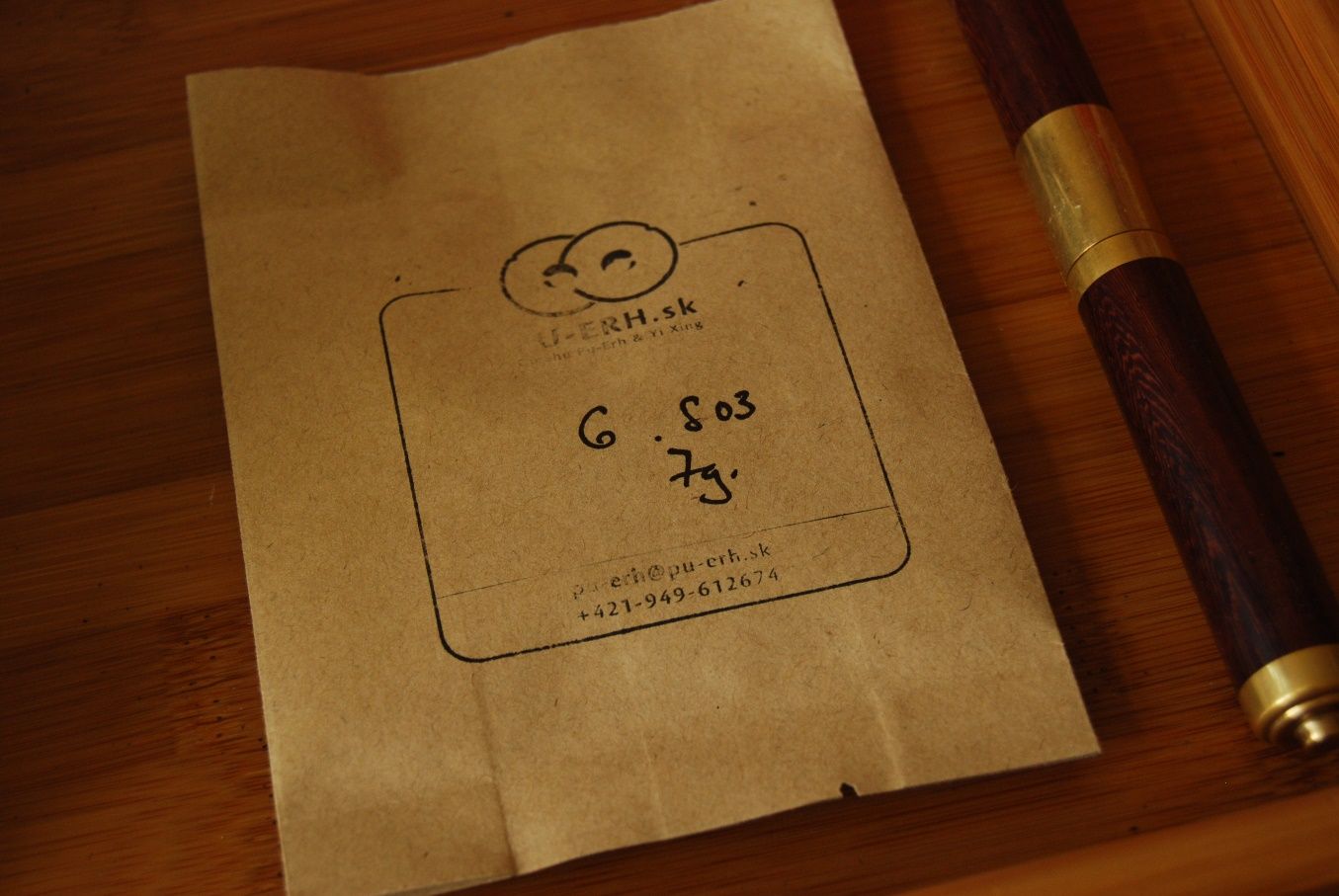
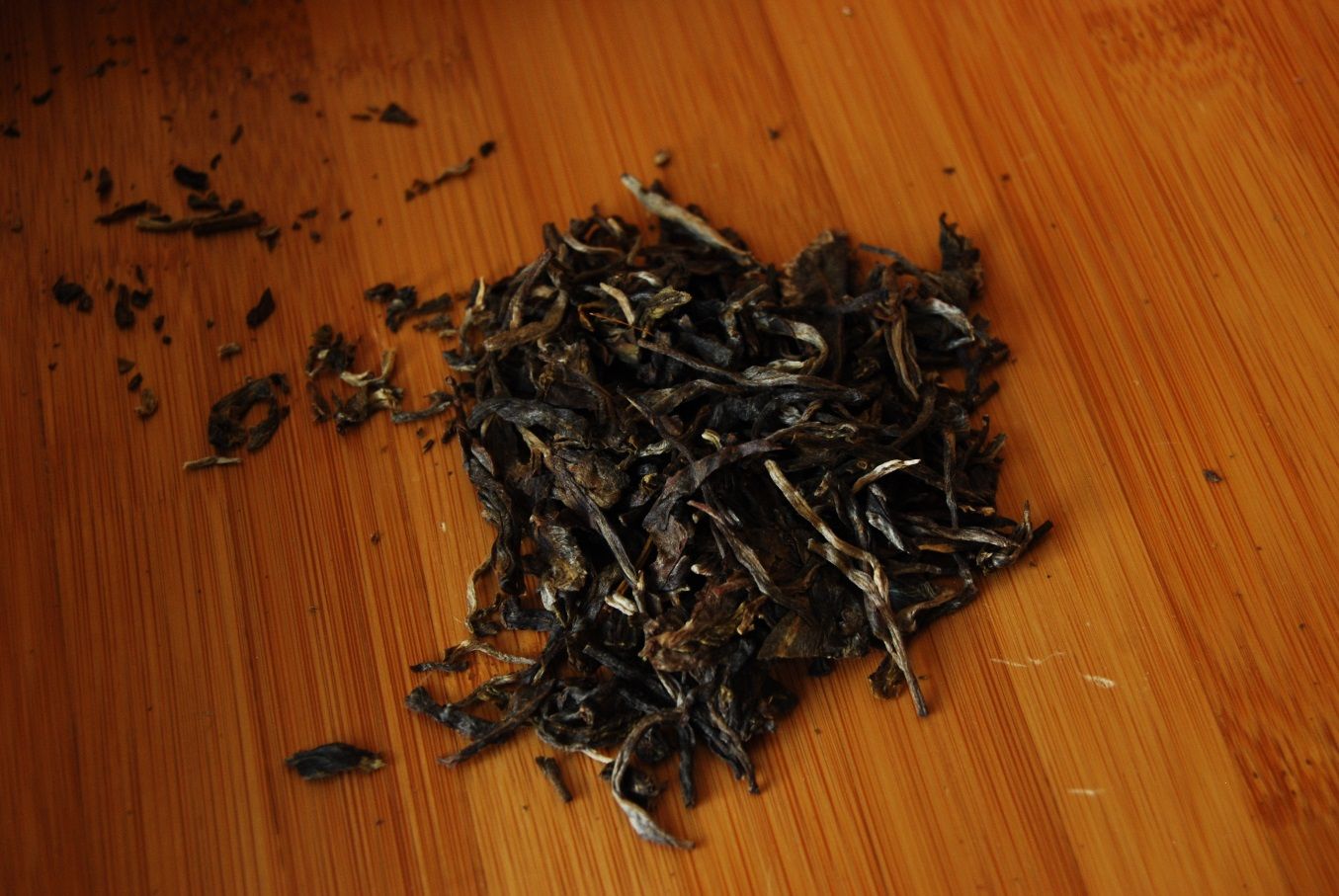
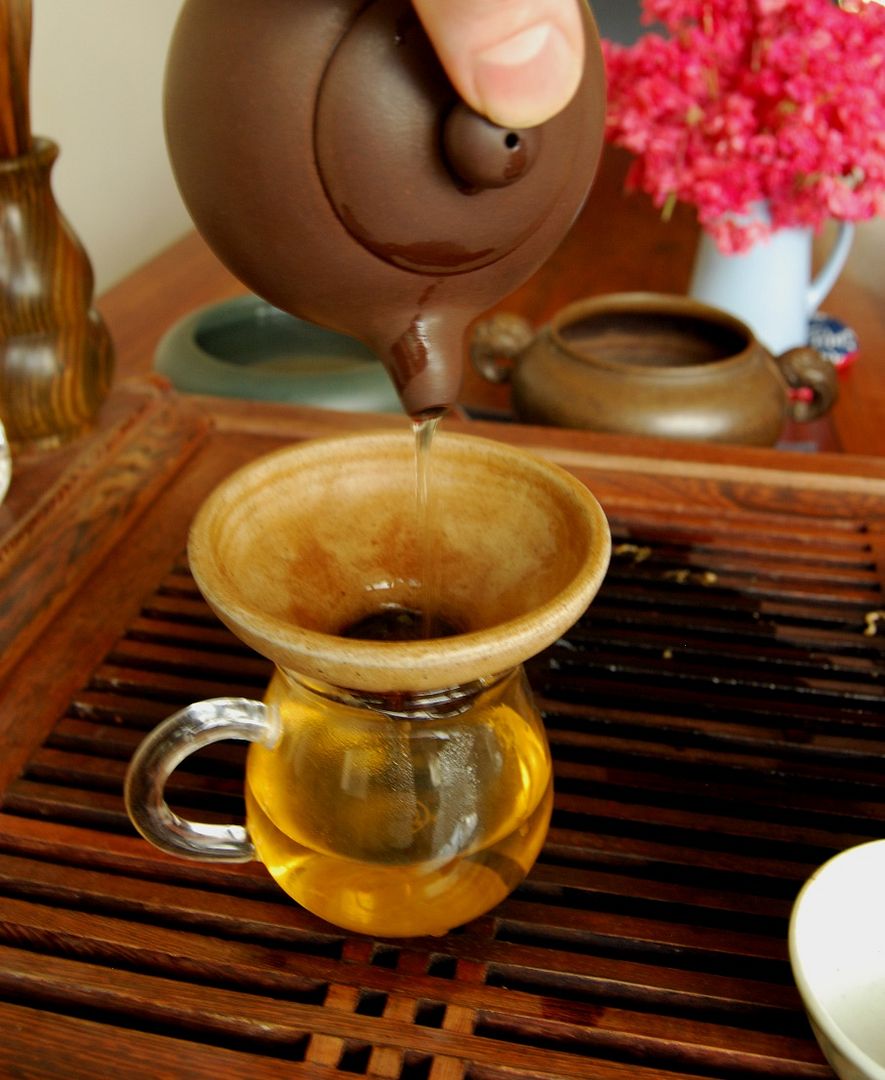
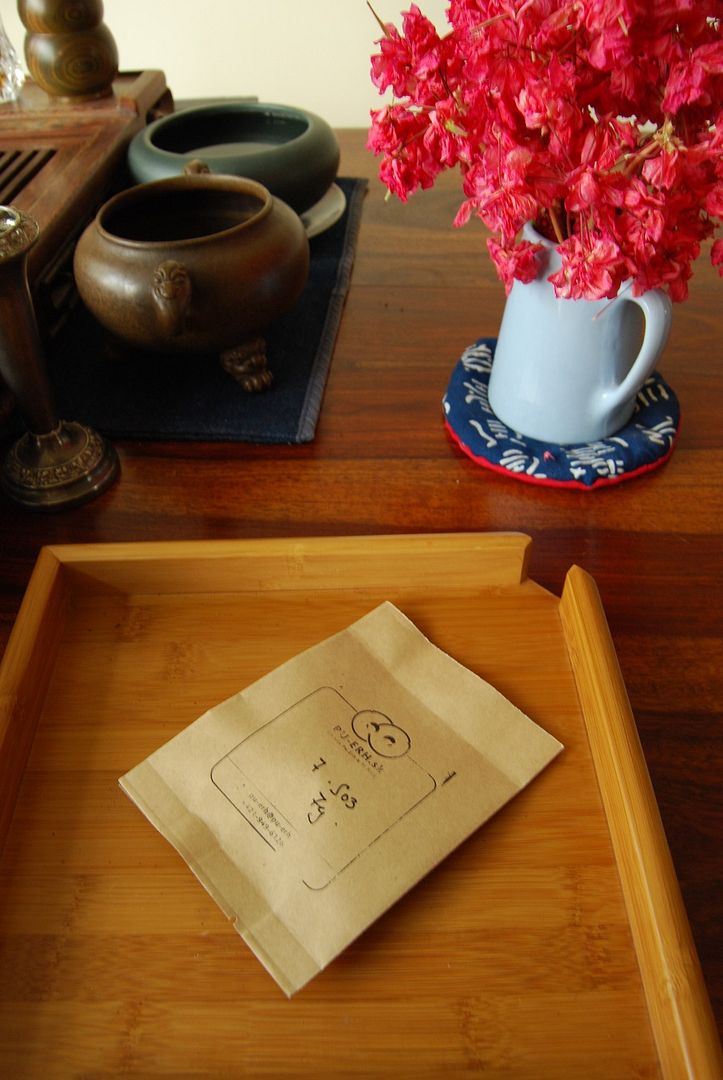
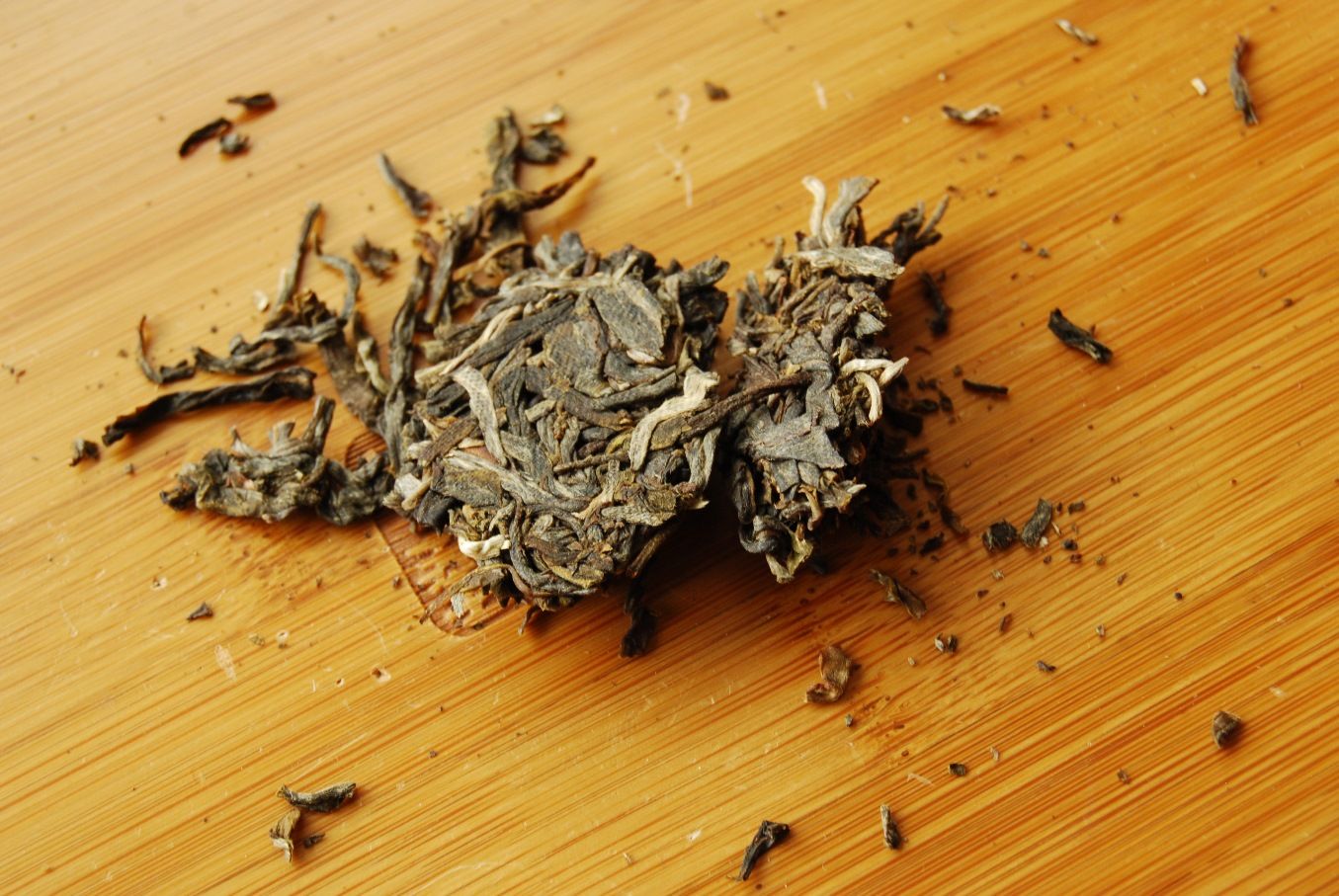
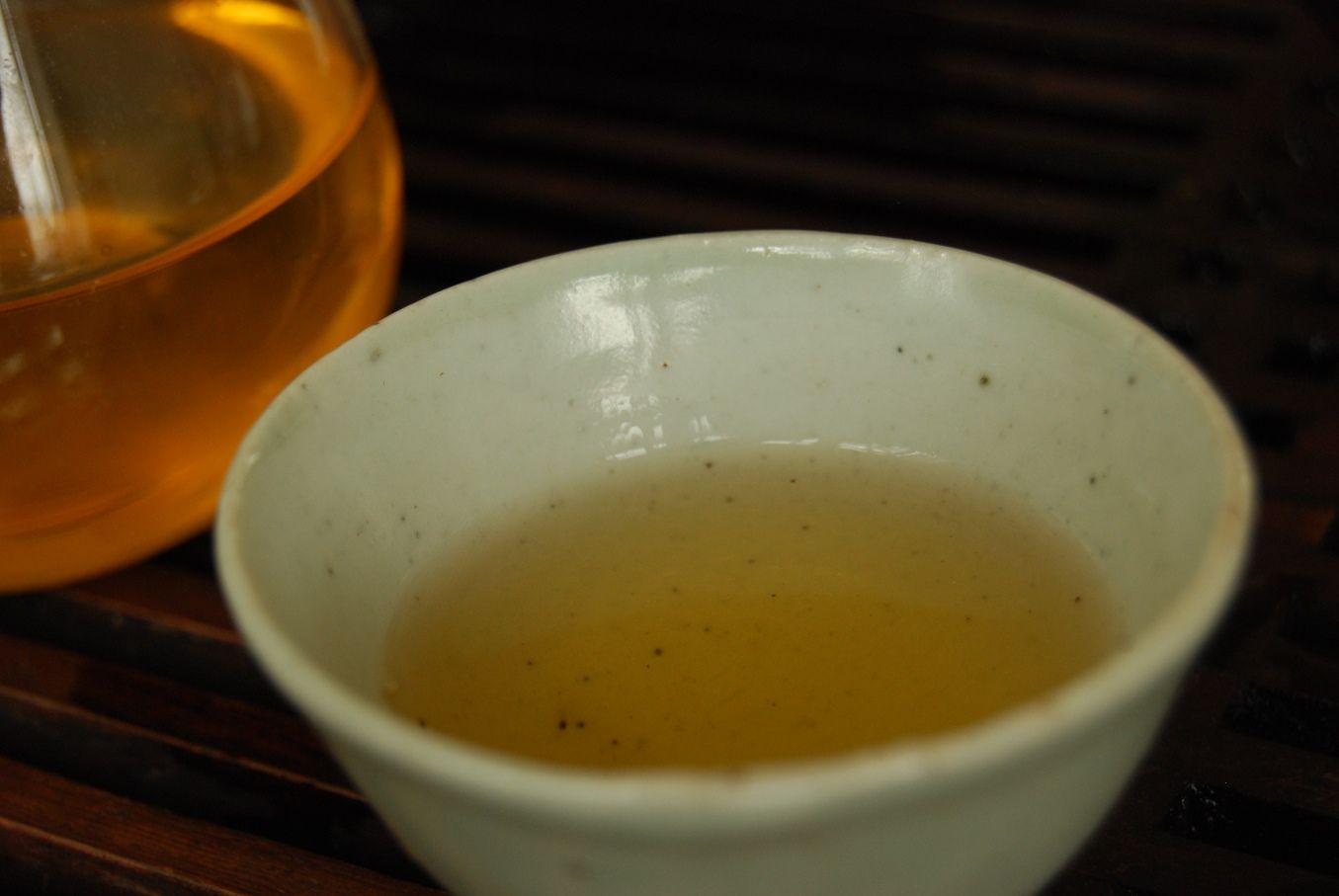
6 comments:
If those features of Brussels bother you, don't ever go to Tokyo--they're 100 times more exaggerated and ingrained, in a city that's exponentially larger. An East Asian-modern day parallel of the ancient souks of Marrakesh comes to mind. GPS is a godsend.
Dear Nick,
I will bear your advice in mind when I make it to Tokyo. Osaka was OK, however. :)
Toodlepip,
Hobbes
Great article, Hobbes. It was immensly entertaining. As for the teas, I think your reviews were spot on. I had a lucky opportunity to try all the pu-erhs mentioned in parts I and II (except manzhuan) and should say that I agree with your opinion on almost everything. Mansa is a bit watery indeed and unfortunately it doesn't loose this quality when more leaves added. On the other hand Naka was my favourite. As you mentioned it's very strong but the quality of it's bitternes is simply amazing. The bitternes is complex and almost three dimensional.
-- Serg
Dear Serg,
Many thanks for the note; I think Naka is that which is unobtainable, too, is it not? There must be some happy people out there who bought the Naka sufficiently early. :)
Toodlepip,
Hobbes
Dear Hobbes,
My friend is the owner of a tea store here in Russia and he pre-ordered some Naka from Peter (couple of tongs, I think) early in the spring. I also think he still has some of the cakes in stock.
This sounds interesting... :)
Post a Comment